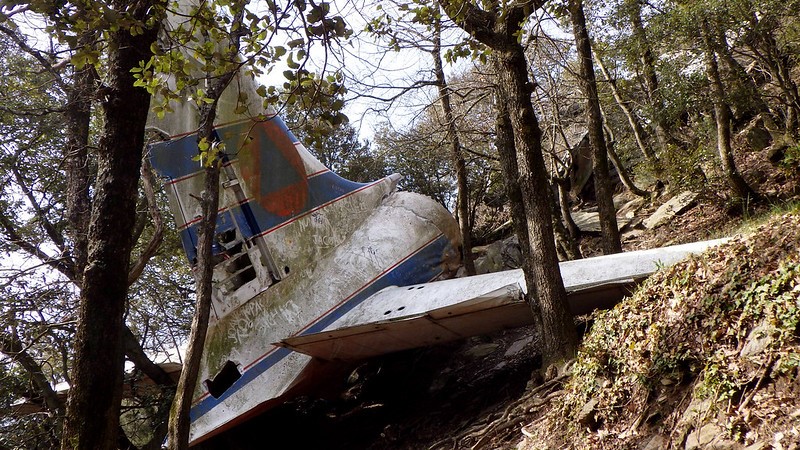Between the years of 1988 and 1992, this type of accident was one of the greatest risks for aviation, since it was the cause of more than 50% of disasters, overcoming accidents due to mechanical failure or other factors, therefore we will give you a notion of what is a controlled flight into terrain.
Contents
Controlled flight into terrain
At the moment of a plane crash, hypotheses about the cause of the disaster began, one of them started about whether the accident was caused by a mechanical failure, sabotage, a bomb, but since the term was studied and created CFIT (Controlled Flight Into Terrain) or controlled flight against the ground, all the information is reviewed to know if it could have occurred for this reason.
Controlled flight against the ground is defined as the flight of the aircraft directly to the ground or water without the crew being aware of the situation they are carrying out.
Flight phases this type of accident occurs
Usually, more than half of accidents of this type occur in the approach phase or the landings, between 12 and 4 miles from the airport, but it should not be forgotten that they also occur in the take-off phase but are of a lower percentage.
Why does this type of accident occur?
Normally, this type of accident occurs when situational awareness of the place where the aircraft is located is lost, which can occur for many reasons, be it weather conditions or other factors that may affect the concentration of pilots when starting or maintaining in one of these phases of flight. This can also occur from overconfidence or cabin resource management problems.
What other causes can lead to these types of accidents?
Depending on the places where you fly, you can increase the risk factors, this may be due to the lack of navigation aids or the use of less updated or deteriorated radio aids, they can also occur due to poor communication between the pilots and the controller, due to pronunciation problems or not knowing the English well.
Other factors are not having updated warning equipment or systems on the aircraft, such as the ground approach warning system (GPWS), not having updated the approach letters from airports or simply not taking updated courses of the different conditions of flight.
What is being done to reduce these accidents?
Today, many types of equipment are being created, such as the Proximity Alert System (GPWS), terrain knowledge and alert systems (TAWS) or the most modern ones, which use GPS and some even show the terrain on screens. in order to know the location of the same and not lose situational awareness.
People who purchase or own an aircraft, depending on the number of passengers, are also being forced to make minimal equipment improvements to prevent this type of accident. Likewise, pilots are required to take courses to fly in adverse weather conditions, in addition to possessing the different flight charts for each airport that is flown in order to minimize these types of accidents.
What do you think about this topic? Do you think this type of accident is still very frequent?
If you want to know more about this you can contact us or write your query at the bottom (comments section)
Gutifoll image via flickr.com under creative commons license.
